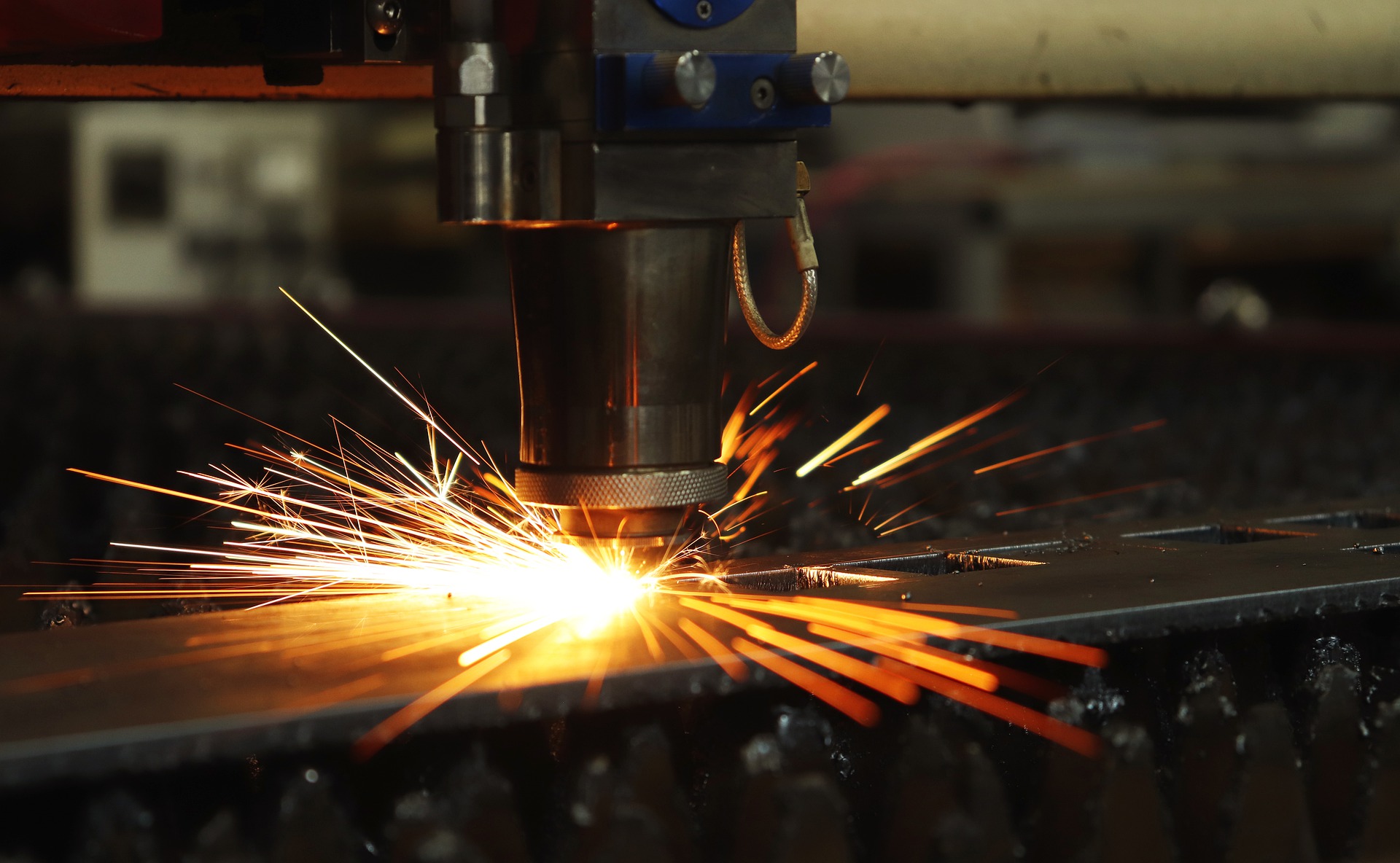Laser cutting and engraving is a practical way to cut plastics. It can be used for a wide array of materials from multiple industries, including automotive manufacturing and creating semiconductors, medical devices and instruments, and aerospace uses.
Compared to lasers, other types of direct marking techniques, such as dot peen, do not usually work well with plastic surfaces and shapes. Both adhesive and printing labels will fall short when it comes to the cost, visibility, maintenance, flexibility, speed, permanence, and environmental impact. This means that laser marking will make a lot of sense for plastics as well as other types of materials.
Plastic Marking and Engraving Is Not a One-Size-Fits-All Application
This is true when marking both plastics and metals. The same type of ground rules applies any time someone is searching for a laser system that will match their application. To ensure a low-risk, smooth transition into using new technology, the top priority needs to be to connect with a vendor who can help the customer dive deep into their business, goals, and processes. This is how a system that will work for the project or application will work.
These are the fundamentals that should be followed when trying to work with any type of material. It is when the material is a composite or polymer that things will begin to get interesting.
What Makes Marking on Plastics More Difficult?
When it comes to laser cutters, it is important to find a machine that meets the standards and needs of the project. One of the top reasons that marking on plastics is more complex than marking on metal is because of all the different types. Each type of plastic will behave in a unique manner, and each one is going to respond differently to variations in the laser type, pulse duration, and power setting.
Another issue is that the compounds will behave differently from one batch to another, especially in situations where re-ground resins are in the mix.
Also, the material from one manufacturer can vary from another one in some subtle way. This is why, if someone is planning to change manufacturing partners, it is a good idea to consider the parts and determine how they will react or respond.
How Do Additives, Extenders, and Fillers Impact Plastic Marking?
For some reasons that are unrelated to marking, resins will typically contain additives that are chosen for the specific process, price point, product, and part. In some situations, production materials will contain up to 50% or more fillers, including gypsum, mica, talc, calcium metasilicate, calcium carbonate, and more. Each of these can impact the way the laser interacts with plastic. The additives will optimize the material for the purpose but will also create a new set of variables for the user.
When it comes to laser cutters, there are more than a few factors to consider. Keep this in mind when marking on plastics, as this is going to pay off in the long run. Being informed is the best way to ensure that the desired results are achieved. To learn more, contact Boss Laser on Facebook.









